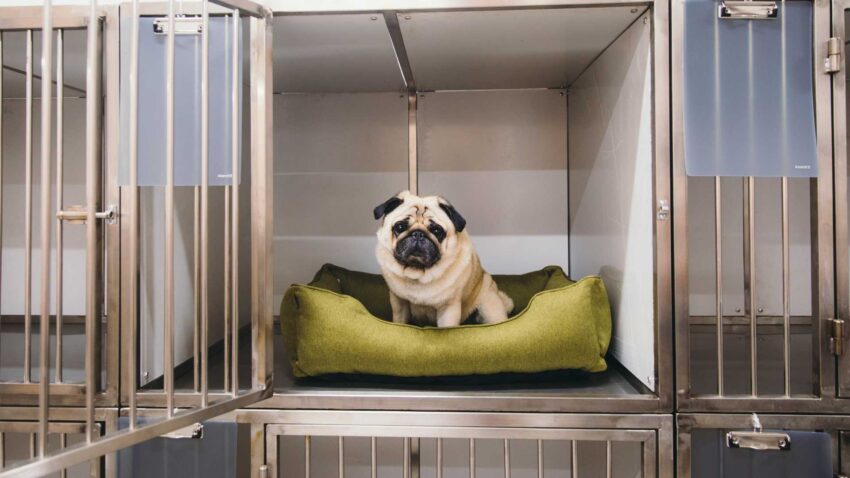Dog grooming is an essential part of caring for your canine companion. Not only does it help keep your dog looking clean and tidy, but it also promotes good health and hygiene. Whether you have a long-haired or short-haired breed, regular grooming is important for all dogs. Here’s a comprehensive guide to dog grooming, including tips and techniques to keep your pup looking their best.
Understanding the Importance of Dog Grooming Grooming is more than just a cosmetic procedure for dogs. It plays a crucial role in their overall health and well-being. Regular grooming helps prevent mats and tangles in the fur, which can be uncomfortable and even painful for your dog. It also allows you to check for any signs of skin problems, parasites, or other health issues. Additionally, grooming helps to distribute natural oils throughout your dog’s coat, keeping it healthy and shiny.
Essential Tools for Dog Grooming Before you start grooming your dog, it’s important to have the right tools on hand. Some essential grooming tools include a brush or comb suitable for your dog’s coat type, nail clippers, ear cleaning solution, and a dog-friendly shampoo. Additionally, you may need scissors for trimming fur and a hairdryer for drying your dog’s coat, especially for long-haired breeds.
Steps for Dog Grooming
- Brushing: Start by brushing your dog’s coat to remove any loose fur, dirt, and tangles. Use a brush or comb appropriate for your dog’s coat type, such as a slicker brush for long-haired breeds or a bristle brush for short-haired breeds.
- Bathing: If your dog needs a bath, use a dog-friendly shampoo and lukewarm water. Avoid getting water in your dog’s ears and eyes. Thoroughly rinse out the shampoo and towel dry your dog or use a hairdryer on a low setting.
- Nail Trimming: Trim your dog’s nails carefully, making sure not to cut too close to the quick, which can cause bleeding and discomfort. Use nail clippers designed for dogs and have styptic powder on hand in case of bleeding.
- Ear Cleaning: Use a dog-specific ear cleaning solution and a cotton ball to gently clean your dog’s ears. Avoid inserting anything into the ear canal, and seek veterinary advice if you notice any signs of infection or irritation.
- Teeth Brushing: Regularly brush your dog’s teeth with a dog-specific toothbrush and toothpaste. This helps prevent dental issues and keeps your dog’s breath fresh.
- Fur Trimming (if necessary): If your dog has long fur that requires trimming, use scissors to carefully trim around the eyes, ears, and paws. Be cautious not to cut the skin.
- Final Check: Once you’ve completed grooming, take a moment to check your dog’s skin, coat, ears, and nails for any signs of issues that may require veterinary attention.
Conclusion: Regular grooming is essential for maintaining your dog’s health and appearance. By following these tips and techniques, you can ensure that your furry friend stays clean, healthy, and happy.

